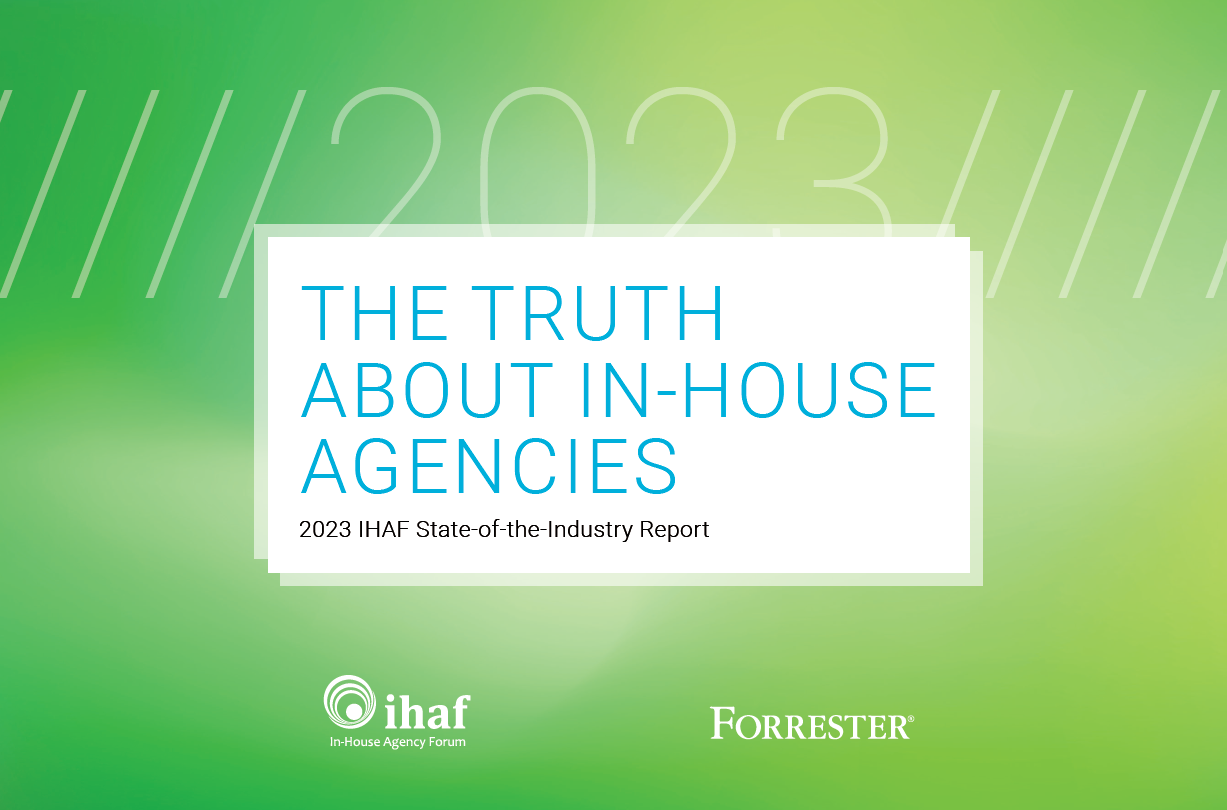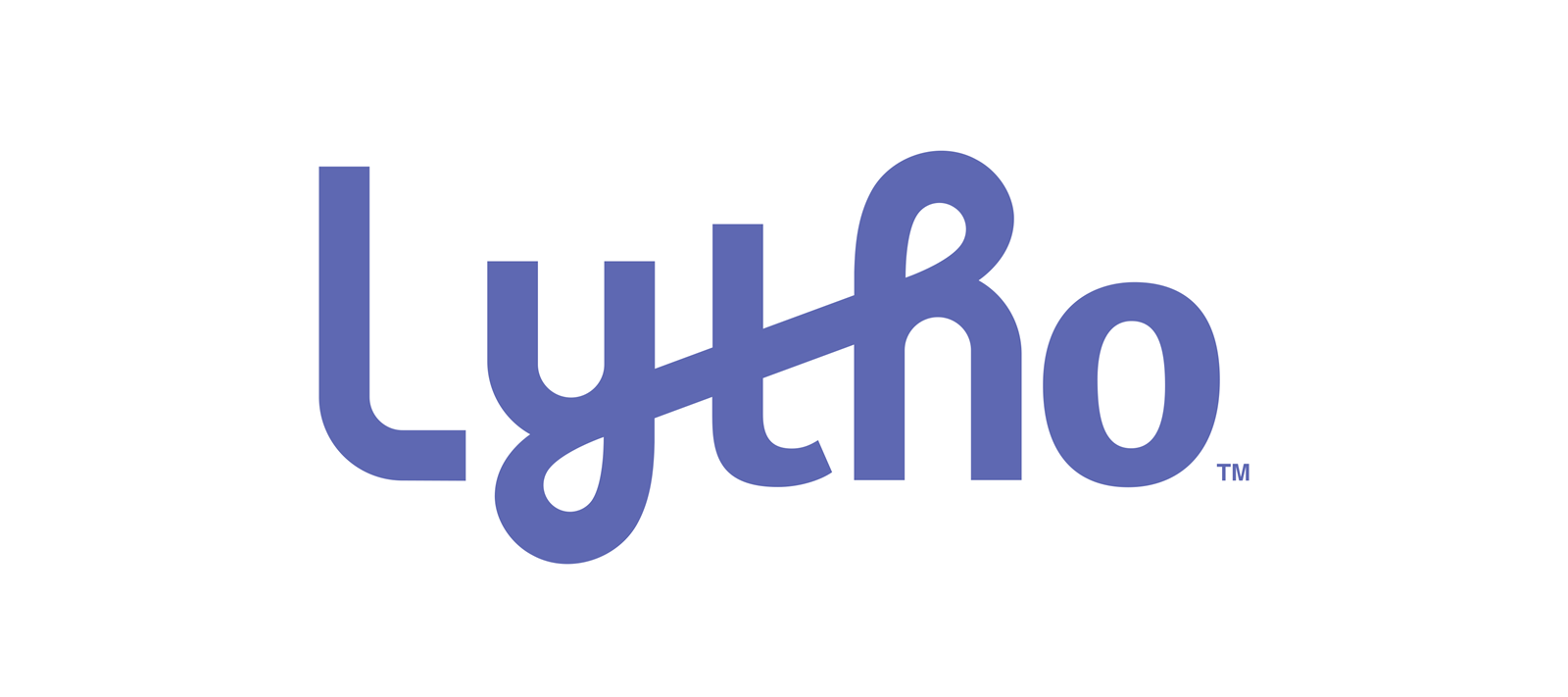Waterfall: A Top-Down Approach to Strategic Planning

In-house agency account management organizations that adopt top-down, iterative planning processes greatly increase their ability to optimize staffing and plan for the capabilities needed by internal clients.
How? These processes assure agency leaders and account managers not only get the input they need from their internal clients—as well as the C-suite—but that they get it in an apples-to-apples format, where demand can be constructively viewed across on internal clients. This approach, which Coffee + Dunn callsWaterfall Planning, puts them in a better position to not only meet demand for creative services in the coming year, but to play a pivotal role in driving revenue.
Following are frequently asked questions about this approach to strategic planning and budgeting.
What is waterfall planning? It’s a holistic, demand-based approach to planning, assuring in-house agency capacity, capabilities and budget needs are determined based clients’ higher-level plans—rather than created based on piecemeal information or worse, simply based on what happened the previous year.
How does in-house agency management go about implementing waterfall planning? The first step is developing the common tools and templates needed to facilitate input by internal clients and business stakeholders. Higher-level plans inform lower-level plans, i.e. corporate-level plans inform business-unit plans, which in turn inform the in-house agency strategic plan and sub-plans. It’s important that the framework be developed with a minimum amount of structure to assure processes are adopted.
Who drives the process? The account management (or similar client liaison) team defines and manages the annual planning processes, including communicating advantages to internal clients and business stakeholders. A more productive, streamlined planning cycle as well as assurance that resources will be available to make sure deadlines are met, and creative quality is high, tops the list.
How does this approach impact cost of service? Because waterfall planning is contextual as well as comprehensive, the needs of the entire organization are factored into a single in-house plan serving all lines of business. Both client and agency are able to benefit from best practices, technology and other infrastructure investments, additional head count, outsourced resources, etc. that can be leveraged across multiple business units. The enterprise as a whole benefits from these efficiencies and internal clients know in advance what charge-backs or allocations will be based on the plan.
Why is waterfall planning more effective than current planning processes? Top-down planning allows account managers to glean what skills, technology (fulfillment, tracking and measurement tools), and resources (in-house and outsourced) are needed at the agency level, rather than the individual internal client level. It’s a means to developing marketing strategy that delivers higher productivity and better output.
Aligning processes every step of the way through waterfall planning keeps the entire organization focused on common goals. By gaining inputs first from the C-suite, then through the business units, in-house agency creative, production and execution are able to work faster and smarter—and provide better, more agile service.

Recent Posts

In-House Data: Fact or Fiction?
October 16, 2023
I’m going to be honest with you, which I always am but this time it’s scary honesty. There are a lot of in-house agency research reports out there. And not all of them contain data that are close to the integrity of the studies IHAF publishes—the next of which drops at the IHAF conference on …

IHAF Wrapped
December 20, 2023
One of our favorite things to do at year-end is look back at the events, presentations, and online resources our members tapped most. (Why should Spotify have all the fun?) Here are a few of your favorites in 2023:
• New Assortment of Org Charts Download • Updated Job Profiles …



















%20(1).pdf%20-%20Copy.jpg)

%20(1).png)


No Reader Comments